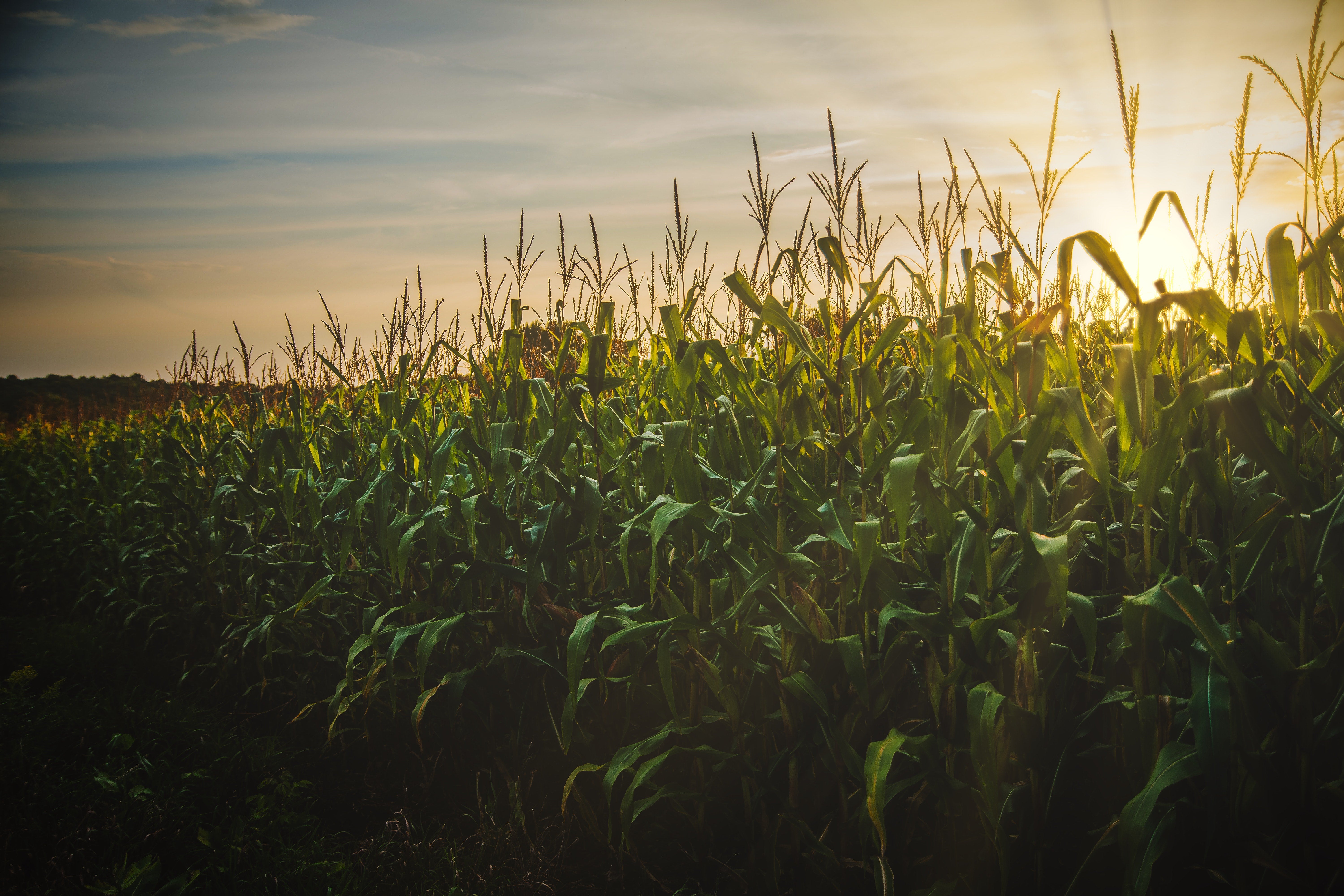Co-authored by Pinion
The use and production of fertilizer in agriculture is a significant contributor to greenhouse gas emissions and a major cause of pollution in the nation’s rivers and lakes. Agriculture is the largest global source of nitrogen pollution, and annual damages from nitrogen pollution are estimated to exceed $200 billion in the US. Enhancing nitrogen use efficiency and optimizing application techniques is essential to reducing these impacts.
While there are substantial environmental benefits to reducing or optimizing fertilizer use, there are also considerable financial benefits to farmers, especially when fertilizer costs are high, as they were over the last few years. Fertilizer accounts for nearly one-fifth of US farm operating costs and over one-third of farm operating costs for corn production. Conversely, the USDA estimates that the potential benefit for farmers who successfully manage their nitrogen efficiently is an average of 30 dollars per acre for cropland.
One way to improve nitrogen use efficiency is to make multiple, targeted fertilizer applications during the growing season rather than providing all the crop’s nitrogen requirements with a single treatment before or during planting; this is called split application. When split application improves N use efficiency by increasing yield or reducing total fertilizer needed, this technique reduces GHG emissions and decreases runoff and leaching of nutrients into waterways and groundwater that often accompanies over-application of fertilizer. A new risk management product is helping farmers reduce that risk and successfully use split nitrogen application.
Enhancing farmer resilience against increasing weather variability
Introduced in 2022 by the USDA Risk Management Agency, the Post-Application Coverage Endorsement, known as PACE, seeks to give producers more support for split application of fertilizer. PACE reduces the risks of waiting until after planting to apply nitrogen, which could be prevented by weather events and field conditions. PACE is an add-on endorsement to a producer’s base crop insurance policy and is designed for corn producers who are looking to strategically apply nitrogen at times when it has the least environmental impact.
Gracie Pierson is a corn and soybean farmer on 500 acres of farmland in McLean County, Illinois. Conservation is an important value for their farm, demonstrated by their switch to no-till farming ten years ago and their ongoing experimentation with cover crops for the past eight years.
“Weather is a huge factor for spring-applied nitrogen, and missing the right application window can result in yield losses,” says Pierson. “Switching to split applications instead of relying primarily on fall applications potentially poses a financial risk.”
Providing a safety net for farmers and easy enrollment
PACE can provide a safety net for farmers who split apply their nitrogen. The program has reduced the need for liquid nitrogen in the fall and the extra costs accompanying it, and there is no documentation needed unless they must make a claim. Pierson says enrolling in PACE was easy through her crop insurance agent.
“The implementation of a lot of these great practices has been slow due to very little safety nets, so PACE is a program that does help bring a safety net,” says Pierson. “You can see the yield and financial gain. These types of programs provide that sense of security to go after these types of conservation programs.”
PACE availability and how to sign up
Megan Dwyer, Director of Conservation and Nutrient Stewardship at the Illinois Corn Growers Association, provides learning opportunities for farmers who are interested in the PACE program. “We wanted to make sure that we’re looking at an insurance product for what it’s really intended to do, which is to mitigate a true risk,” Dwyer says. “The PACE insurance product was designed to help protect against increasing weather variability and to help farmers become more resilient. We hope that the PACE policy will be a tool for scaling the adoptions of conservation practices on the farm, and we hope the USDA continues to listen to farmers and forge a path toward climate resilience that promotes the livelihoods of our producers, our environment and the public.”[1]
PACE is available where non-irrigated corn is insurable in all counties of Iowa, Illinois, Minnesota and Wisconsin. It is also available in select counties of Indiana, Kansas, Michigan, Nebraska, North Dakota, Ohio and South Dakota. Premiums are based on how much nitrogen is applied during the growing season and the level of coverage a farmer chooses.
The deadline for buying PACE coverage for the 2024 crop year is March 15, 2024, and farmers can do so through any crop insurance agent by navigating here: https://www.rma.usda.gov/informationtools/agentlocator.
[1] IL Corn Webinar on 2/1/2024: Post-Application Coverage Endorsement (PACE) Crop Insurance Policy for 2024
